So I recently worked with a problem where I was given a bode plot where magnitude of the transfer function (the ratio between the output and input voltage) was plotted against frequency of the system. From there, I needed to construct a circuit only from this.
I didn't quite know where to start. First, I thought that I could split it into different regions, for the constant, increasing and decreasing parts. From there I thought that I may deduce what the transfer function has to look like. But still it doesn't simplify the problem for me that much since it's hard from the algebraic expressions directly know what type of circuitry it has to correspond to.For instance this bode diagram:
I know this question is quite broad, but I'd wonder if there's any good strategy for reconstructing a circuit given the frequency response? Maybe there's someone out there who does this for a job, and I'd like to know more about your thought process when solving such problems. I understand that it also takes alot of experience, but for a newbie, what's the general way to do this?




